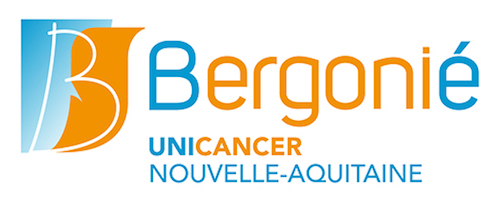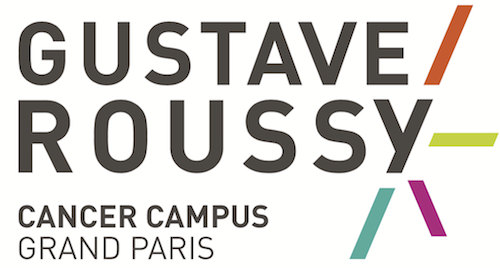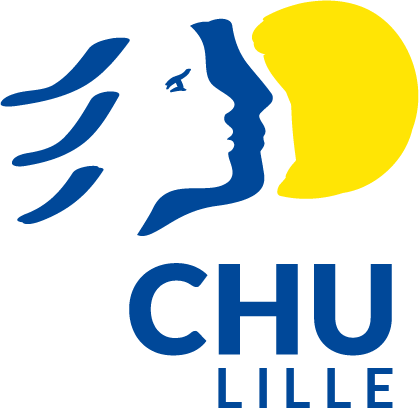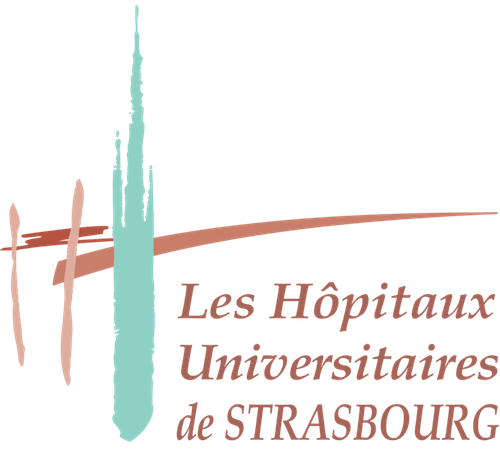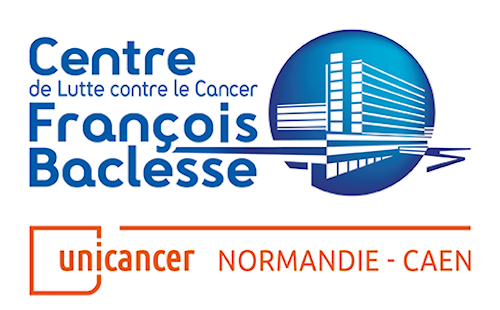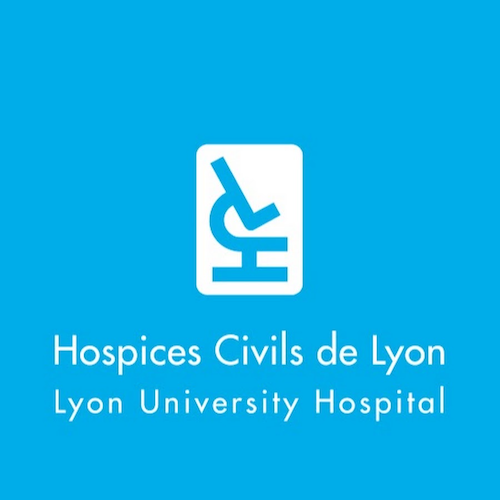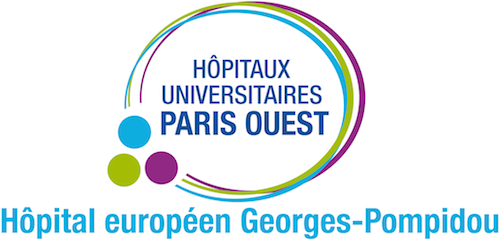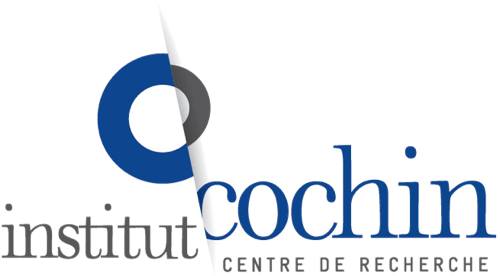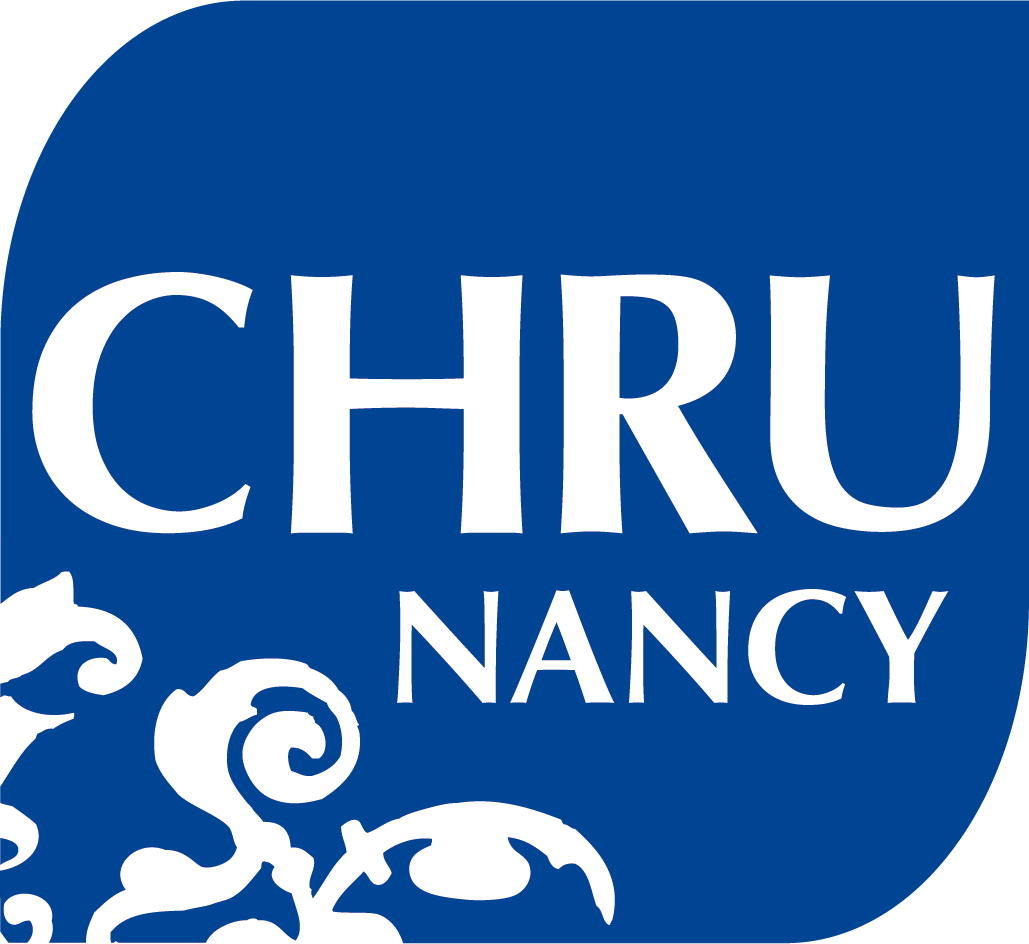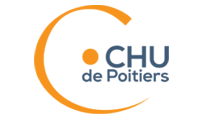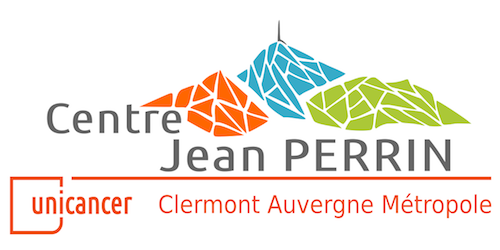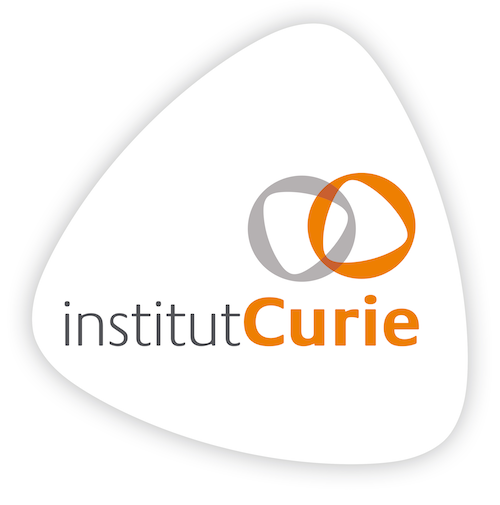Partners
You can find below a list of institutes and platforms involved in creating and filling the database of somatic variants of unknown significance.
The Institut Bergonié is the Comprehensive Cancer Centre of the Nouvelle-Aquitaine region.
It offers dedicated inpatient and outpatient cancer treatment including radiotherapy and chemotherapy as well as a number of related support services.
As a non-profit private hospital dedicated to public service, it has a three-fold mission: patient care, research and oncology education.
Gustave Roussy is the premier European Cancer Centre. It is a centre for patient care, research and teaching, and patients with all types of cancer can be treated there.
It looks to place innovation at the heart of a human, scientific and technological revolution in the fight against cancer.
Lorraine Institute of Oncology (ICL) is a French Comprehensive Cancer Centres (FCCC), a non-profit health care institution, member of the UNICANCER Group. It houses all the human and technological means involved in the treatment, education and research in oncology.
ICL receives any patient from the region presenting a suspected or evidenced cancer disease through a multidisciplinary approach and a commitment to high standards of quality.
The University Hospital of Rennes is more than 50 departments of medicine, surgery, biology and imaging. Whatever his pathology, his history or his environment, any patient will find the CHU skills, specialties, equipment and professionals guaranteeing him the path of care he really needs.
The University Hospital of Lille, as referral institution, is an important player in the national mobilization around the Cancer Plan, serving the population of the Nord-Pas-de-Calais region.
The University Hospital of Strasbourg is a district hospital called to provide routine care to the population of Strasbourg and its surroundings.
The CHU is also a hospital of call: considering its advanced equipment and its university character. It is intended to also receive patients from remote geographical areas that general hospitals, not equipped with the same equipment, can not support.
The Centre François Baclesse is a Regional Cancer Center (RCC). It is an institution that is a private organisation that participates in the public hospital service.
It is a member of the UNICANCER group, which unites 18 RCCs. UNICANCER is a hospital group dedicated exclusively to the fight against cancer. The Centre François Baclesse treats more than 6500 new patients annually, at all stages of disease. This activity is strongly rooted in the network of cancer care. Depending on the tumour location, this treatement involves 30M to 80% of all adult malignancies detected in the region.
Hospices Civils de Lyon is France's second university hospital centre (CHU). HCL includes a staff of 23,000 of which 5000 are physicians and over 11,000 are nursing staff. It federates 14 facilities, including three predominantly general facilities providing emergency, medical and surgical services in a wide range of disciplines, seven specialist facilities and four geriatric facilities.
The Georges-Pompidou European Hospital, located in the 15th arrondissement of Paris, meets the health needs of nearly 600,000 inhabitants.
It is recognized for its expertise in adult pathologies, particularly in the cardiovascular and renal fields, cancer and emergency. It is equipped with complete and powerful technical platforms for imaging, interventional radiology and biology. Its infrastructure is modern and innovative.
The Institut Cochin is a Research Center affiliated to INSERM (Unit 1016), CNRS (UMR 8104) and the University Paris Descartes, UPD (UMR-S 1016).
The staff members of the Institut Cochin are about 650, including scientists, University teachers, clinicians, technicians, PhD and Master students and administrative agents. In total, 38 teams are supported by INSERM, CNRS and UPD and 10 core facilities, including one from the University (3P5 proteomics facility) provide the scientists of the Institute and University with the most efficient technological support.
A public health institution with 9,000 professionals, the University Regional Reference Hospital in the Grand Est region provides day-to-day care and outreach missions, thanks to the quality of multidisciplinary medical expertise to serve patients at all ages of life.
The University Hospital of Poitiers ensures a mission of proximity for the 192,000 inhabitants of the community of agglomeration of Poitiers. This mission consists in offering a complete care system: short stay, follow-up care, rehabilitation and long-term care.
The Jean Perrin Center is one of the 20 Centers for the Fight Against Cancer. Establishments of Private Care of Collective Interest (ESPIC), recognized by public utility and financed by the State, they were organized, from 1923, in the spirit of their designer Claudius Regaud who thought that "any consecrated institution to the therapy of malignant tumors must be able to treat diseases completely, that is to say by any method considered the best in any particular case ".
A recognized public interest foundation since 1921, Institut Curie has worked to fulfil its three missions since its founding by Marie Curie, namely research, care and the preservation and transfer of knowledge. This multi-disciplinary approach, part of the bylaws of the foundation, is the DNA of Institut Curie.
